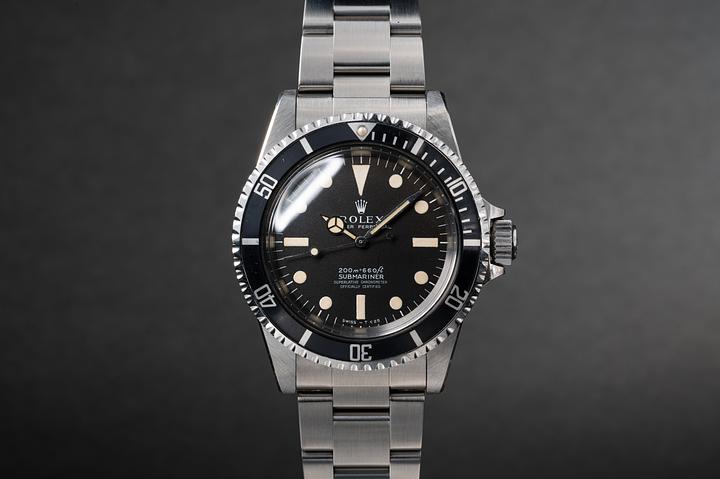Gold Rolex Legacy: Swiss Craftsmanship and Iconic Design

The Enduring Legacy of the Gold Rolex: A Benchmark of Swiss Watchmaking
Within the lexicon of luxury horology, few symbols resonate with such universal recognition as the gold Rolex. More than just a wristwatch, it encapsulates an ethos—precision, craftsmanship, and distinction born in the crucible of Swiss innovation. From deep-sea divers to heads of state, the gold Rolex has adorned wrists across industries and continents, evolving from tool watch to cultural artifact. This piece examines the origins, craftsmanship, and cultural relevance of the gold Rolex, anchoring its legacy within the broader tradition of the Swiss watch industry.
Swiss Horology: A Framework for Excellence
To understand the significance of the gold Rolex, one must first acknowledge the foundation upon which it stands. Switzerland, with its centuries-old horological lineage, has long been the epicenter of fine watchmaking. By the mid-18th century, Geneva had already established itself as a hub of artisanal watch manufacturing. Brands like Patek Philippe, Audemars Piguet, and Vacheron Constantin began refining techniques that emphasized longevity, accuracy, and aesthetic refinement. Rolex, founded in 1905 by Hans Wilsdorf and Alfred Davis in London, relocated to Geneva in 1919, positioning itself among these titans not just geographically, but innovatively.
The Genesis of Gold in Rolex Watches
While early Rolex models emphasized function—with the iconic Oyster case debuting in 1926 as the world’s first waterproof wristwatch—it wasn't long before form received equal attention. By the 1940s, Rolex introduced solid gold versions of flagship models. Gold, particularly 18k yellow and rose, symbolized not just affluence, but permanence. The substance itself, resistant to corrosion and unaffected by time, mirrored Rolex’s own philosophy. The introduction of the Datejust in 1945, often encased in yellow gold and featuring the now-iconic Jubilee bracelet, revealed Rolex’s mastery at integrating functionality with visual authority.
The Craftsmanship Behind a Gold Rolex
At the heart of every gold Rolex lies a material alchemy that distinguishes the brand from its contemporaries. Rolex utilizes its own foundry to produce precious metals, including its proprietary 18k Everose gold, ensuring consistency and resistance to fading. Gold components are meticulously shaped using computer-guided machinery and manual finishing techniques—a hybrid approach that fuses traditional toolwork with modern precision. The surfaces are satin-brushed or mirror-polished depending on aesthetic requirements, and each element undergoes rigorous inspection. Whether found in the lugs, bezel, or crown, every component is refined to align with the brand’s unforgiving standards.
Model Highlights: Milestones and Icons
Several Rolex models have become inextricably linked with their gold variants. The Day-Date, introduced in 1956 and often referred to as the “President,” was the first wristwatch to display both the day of the week and the date fully spelled out. Traditionally available only in precious metals—yellow, white, or Everose gold—its identity is nearly inseparable from its construction. Similarly, the Submariner, initially conceived as a diving tool, has seen interpretations in solid gold since the late 1960s. Its golden variation blends utility with visual dominance, a paradox that resonates with a wide demographic of collectors and professionals alike.
Cultural Resonance and Enduring Appeal
The cultural gravitas of a gold Rolex cannot be understated. From actors in mid-century Hollywood to political leaders negotiating treaties, the watch has become a shorthand for achievement. Figures such as Lyndon B. Johnson were known to favor gold Day-Dates, and the brand’s prevalence in cinema—from Paul Newman’s Daytona to the Datejust worn by Alec Baldwin in "Glengarry Glen Ross"—further enhanced its aspirational image. In modern times, artists and entrepreneurs have gravitated toward gold Rolexes as badges of success. The message conveyed is nuanced: not mere wealth, but discernment and an alignment with a tradition rooted in craftsmanship.
The Future of the Gold Rolex in Swiss Watchmaking
As the Swiss watch industry faces a future shaped by digitization and shifting consumer values, the gold Rolex remains paradoxically both a relic and a beacon. Its mechanical intricacy contrasts sharply with the disposable nature of digital devices, offering a tactile counterpoint to fleeting trends. Yet, Rolex continues to evolve quietly within this landscape, introducing updated calibers like the 3235 movement with extended power reserves and enhanced chronometric precision. The use of sustainable gold sourcing reflects a growing awareness without compromising exclusivity. In the broader context of Swiss horology, the gold Rolex serves as a lodestar—a reminder that excellence, when distilled into timeless forms, remains impervious to novelty. Its value endures not due to scarcity, but because of what it represents: mastery over time itself.




